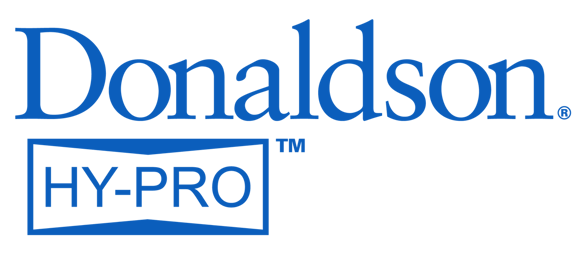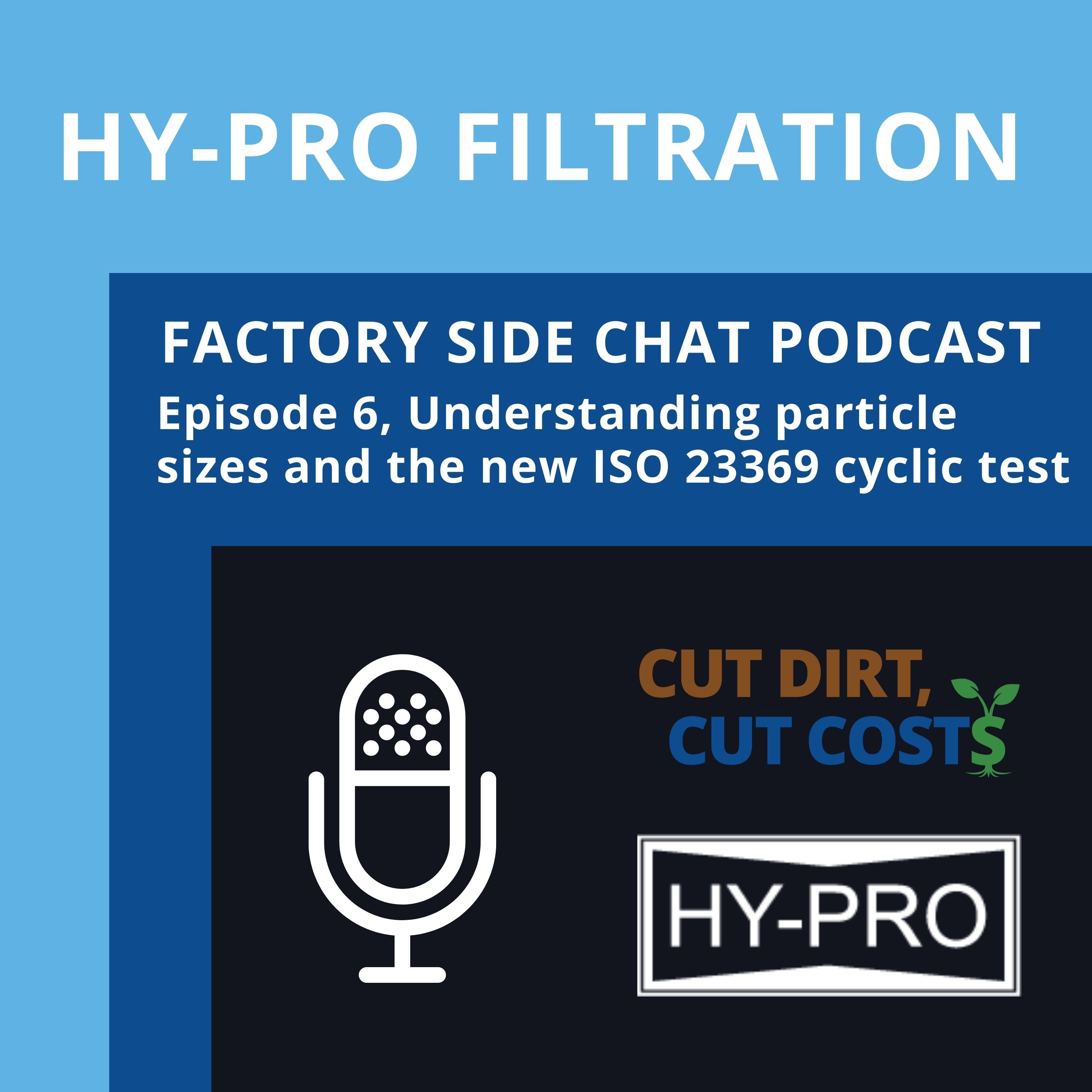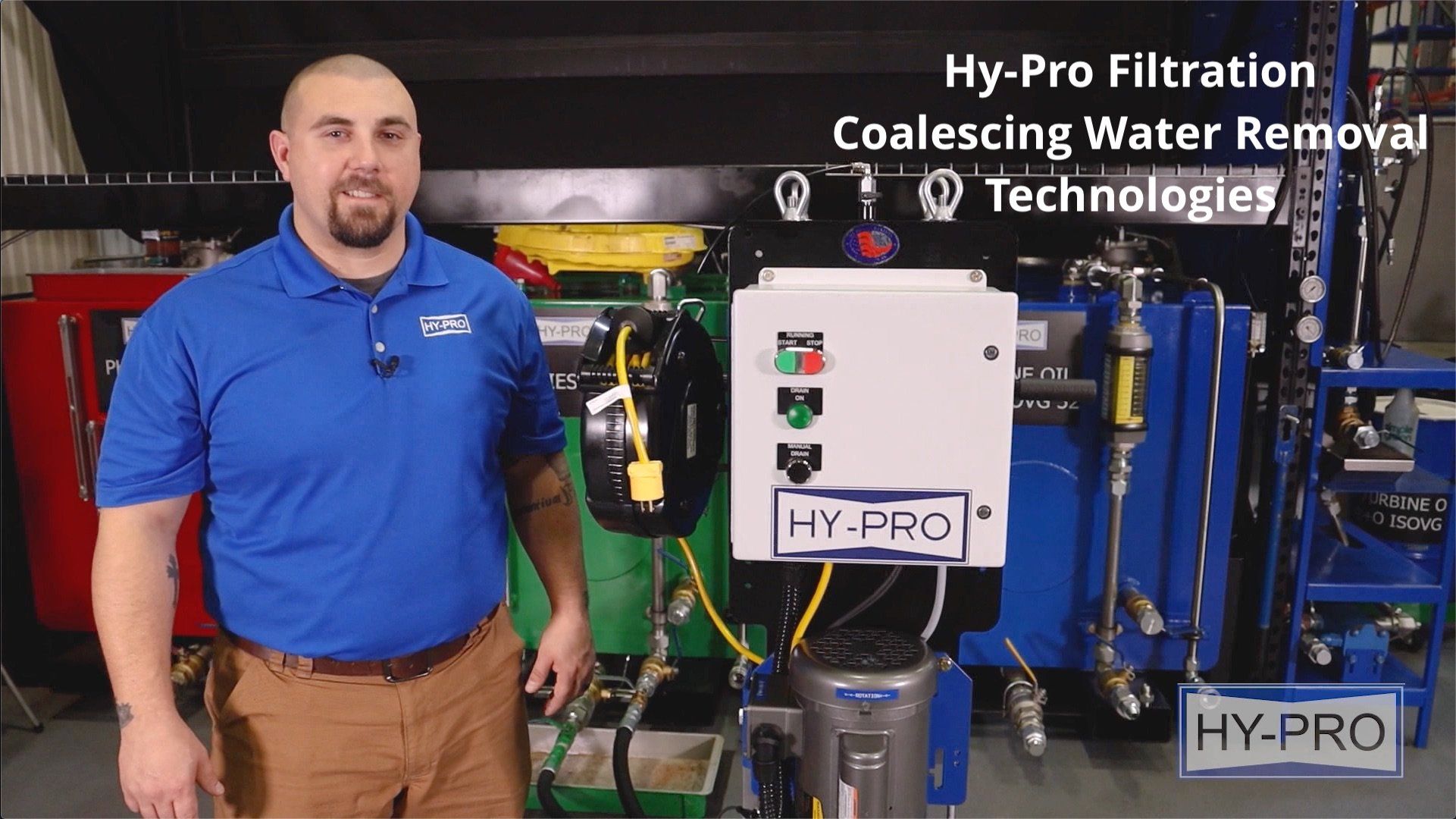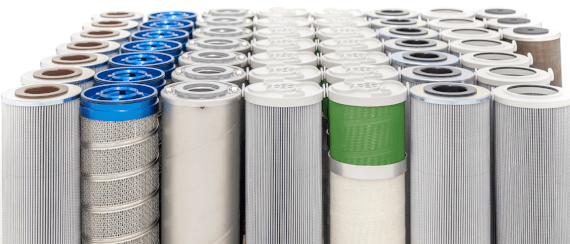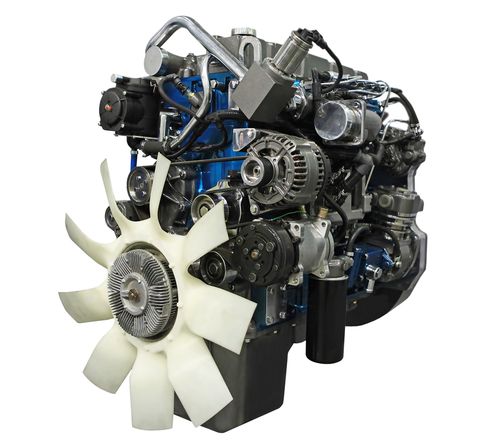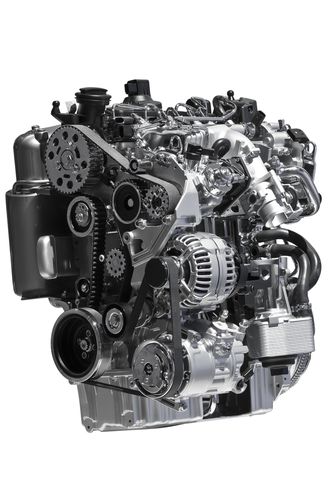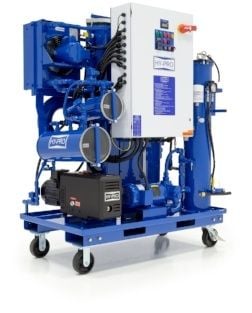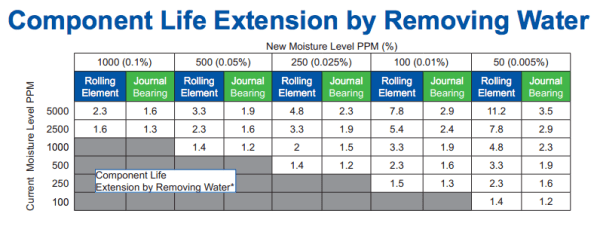2 min read
Expanding the distribution of our Podcast; Apple Podcasts, Spotify, and PodBean
By Hy-Pro Marketing on Tue, Oct. 12, 2021
Topics: iso cleanliness codes DFE contaminination Podcast ISO 23369 Factoryside Chat Podcast
3 min read
Getting to Know Demulsibility
By Hy-Pro Marketing on Thu, Mar. 25, 2021
Demulsibility
What is Demulsibility?
Demulsibility is the ability of oil to separate from water. Oil and water naturally separate because like molecules attract each other. Oil sticks with oil, water sticks with water. Oil is "hydrophobic", or "afraid of water," which is a benefit when it comes to fluids like turbine oil.
Topics: varnish in hydraulic oil varnish in turbine oil contamination water in oil dirt Phosphate Ester diesel engine maintenance steel mills vacuum dehydration rolling mill lubricating oil filter housing sizing micro-dieseling thermal event ISO 4406 vacuum dehydrator fluid samples oil analysis metal analysis paper mill hydraulic pump samples COD duplex low-pressure gearbox contaminination hydraulic duplex high-pressure cellulose media filter elements filter comparison aluminum refinery lab
1 min read
Removing Water from Diesel; Hy-Pro's Coalescing Technology
By Hy-Pro Marketing on Wed, Mar. 25, 2020
In this Video we provide a brief description and demonstration of Hy-Pro's signature coalescing technology found in our FCLCOD and COT model lines.
Topics: filters coalesce technology fuel cleanliness COD video contaminination turbine oil
3 min read
How to Change Out a Filter Element
By Hy-Pro Marketing on Wed, Jun. 11, 2014
Changing a filter element can cause massive contamination ingression if the proper precautions are not taken and the proper procedures followed. We have compiled a step-by-step guide to minimize contamination ingression while changing out elements. Check out how to change out a filter element below
Topics: contaminination filter elements
3 min read
[Video] Water Contamination and Removal Methods
By Scott Howard on Mon, Jun. 02, 2014
Do you know what the 3 different types of water contamination are? What about the 4 methods to remove water from your fluid? Watch our short video for a thorough explanation of each.
Topics: hydraulic fluid water vacuum dehydrator coalesce technology headspace dryer video contaminination filter elements
4 min read
Diesel Fuel Filtration 101
By Hy-Pro Marketing on Wed, Apr. 02, 2014
Reduce unplanned downtime and maximize the fuel efficiency of your diesel engines
Diesel engines are widely used today. You can find them inside buses and tractor trailers traveling our roads, humming along in construction equipment and drill rigs, submerged in marine environments, and helping save lives in hospital generators, amongst many other applications. Diesel engines are popular for good reason. Not only do they have cleaner exhaust emissions, but they are also known for more reliable starts
Topics: water Water Contamination diesel filtration case study contaminination
3 min read
Why You Need to Care About Micro-Dieseling
By Scott Howard on Mon, Jan. 27, 2014
Most people are familiar with diesel engines and how they work, which includes a rapid compression of air. When you inject a fuel source, it creates an explosion. Did you know that micro-dieseling is similar? A front-end loader that runs a diesel engine is a macro-level (or big picture) of what it does on the micro (or smaller) level in a hydraulic pump.
Topics: diesel thermal event fuel hydraulic oil contaminination
4 min read
What is a Vacuum Dehydrator?
By Scott Howard on Mon, Sep. 30, 2013
If the hydraulic, lubricating, compressor or gear oil you use is not made of a water base in
Topics: water Water Contamination vacuum dehydrator contaminination VUD
2 min read
Why You Need Proper Filtration in Front of Your Control Valves
By Scott Howard on Mon, Sep. 23, 2013
Proper filtration keeps control valves from becoming faulty and failing.
Most people have at least heard the term control valve, even if they don't know exactly what it does. For those of you caring for hydraulic systems, you likely work intimately with these parts. Did you know that if you're not using proper filtration in front of said control valves that you're likely doing your operation a disservice? (It's true.)
Topics: contaminination filter elements
2 min read
Hydraulic Oil Water Removal
By Hy-Pro Marketing on Wed, Nov. 14, 2012
Water is a compound that is required for practically everything on the earth. But within a lubrication or hydraulic system, it's one of the most damaging contaminants possible. Unfortunately, it's also one of the most common contaminants you'll find in your system.

